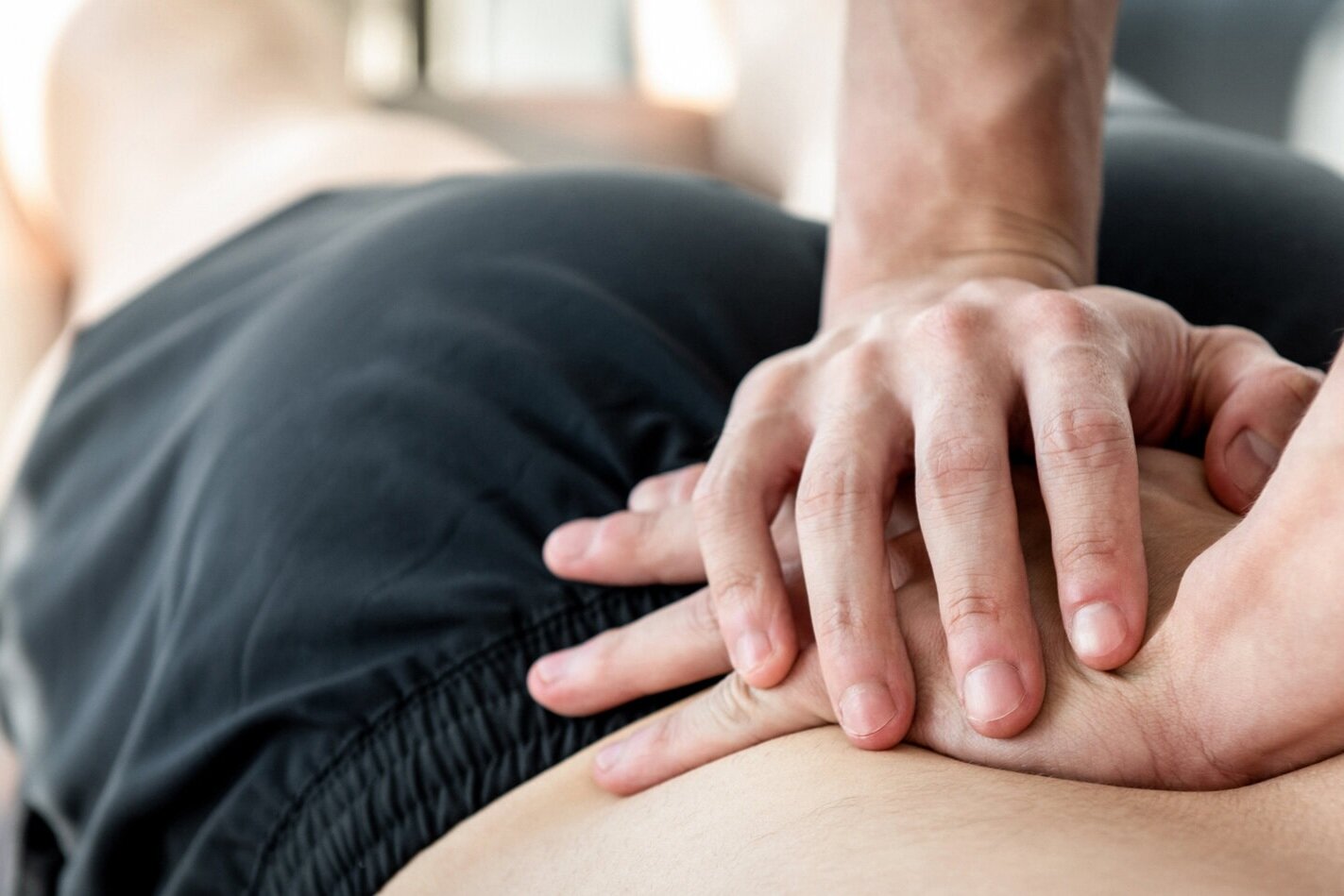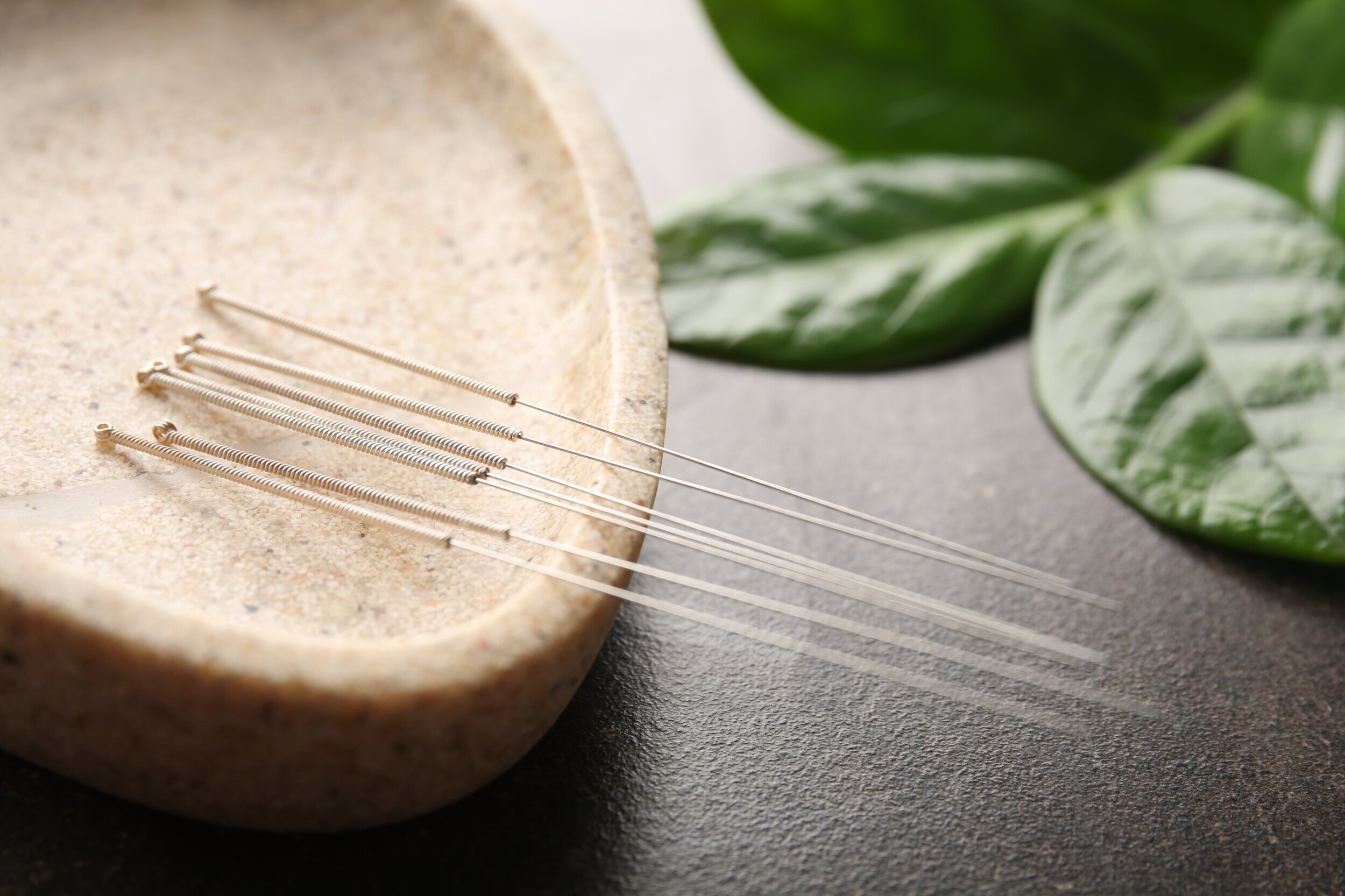Pain Relief Mind-Body Program
Simple Steps to Natural Pain Relief :
Download the Natural Pain Relief Workbook: Read it through.
Pain Evaluation: See what your pain score is before you start, and then re-take it at the end for some good news. (you will find the pain tests in the booklet)
Listen to the Audios: Available to your phone. If you only do one thing, listen to this audio 25 minutes every day for 5 weeks.
Program Tools
Introduction – Simple Steps to Natural Pain Relief
Workbook – The Three Week Natural Pain Relief Workbook
Studies demonstrate that by doing only 20 minutes-a-day of a Guided Pain Relief Meditation Technique, over a five-week period showed significant improvement for:
A higher tolerance to pain;
decreased anxiety, stress and depression;
increased activity levels;
decreased use of pain-related medications; and increased levels of self-esteem (Mills, 1981; Kabat-Zinn, 1985; Harmon, 1999).
The mind is the most powerful pharmaceutical factory on earth. We need to learn how to tap-into it. This program utilizes mind-to-body pain relief techniques, that helps the user tap into his or her own inner resources to better manage the pain.
Guided Pain Meditation produced a greater reduction in pain than even morphine or other pain-relieving drugs!
A report from the Wake Forest Baptist Medical Center states that meditation can be more effective than morphine. "This is the first study to show that only a little over an hour of meditation training can dramatically reduce both the experience of pain and pain-related brain activation," said Fadel Zeidan, PhD, lead author of the study and post-doctoral research fellow at Wake Forest Baptist Medical Center. "We found a big effect – about a 40 per cent reduction in pain intensity and a 57 per cent reduction in pain unpleasantness. Meditation produced a greater reduction in pain than even morphine or other pain-relieving drugs, which typically reduce pain ratings by about 25 per cent." (Mills, 1981; Kabat-Zinn, 1985; Harmon, 1999)
The meditative technique called mindfulness meditation, has been successfully used in treatment programs to reduce pain and improve mood in patients with chronic pain from a variety of conditions, including facial pain, coronary and non coronary chest pain, gastrointestinal pain, low back, neck and shoulder pain and headache (Kabat-Zinn, 1982).
This is an easy-to-use, three-week mind-to-body-pain relief program that works! it is a compilation of the experience of many persons suffering from acute or chronic pain. The program is aimed at encouraging those who are experiencing pain to look at it from a new perspective and to realize that they have vast inner resources upon which they can rely to cope with it. If mental and emotional states can make you ill.... they can also make you well! Mind-to-body mechanisms can trigger within us relaxation responses and the release of “endorphins” — the body’s natural morphine
The meditative technique called mindfulness meditation, has been successfully used in treatment programs to reduce pain and improve mood in patients with chronic pain from a variety of conditions, including facial pain, coronary and non coronary chest pain, gastrointestinal pain, low back, neck and shoulder pain and headache (Kabat-Zinn, 1982). You can achieve a mind-to-body, safe, drug-free or drug reduced method of effective pain management. The mind is the most powerful pharmaceutical factory on earth. We need to learn how to tap-into it. This program utilizes mind-to-body pain relief techniques, that helps the user tap into his or her own inner resources to better manage the pain. This program helps you to stay ahead of pharmaceutically oriented treatment and assist pain sufferers in utilizing their major pain relief resource – themselves.
At most, this pain workbook will help you accomplish what the program has done or hundreds of pain sufferers: achieve a safe, drug-free or drug reduced method of effective pain management. At the very least, it will help you come to better terms with your pain.
This is an easy-to-use, three-week mind-to-body-pain relief program that works! it is a compilation of the experience of many persons suffering from acute or chronic pain. The program is aimed at encouraging those who are experiencing pain to look at it from a new perspective and to realize that they have vast inner resources upon which they can rely to cope with it. If mental and emotional states can make you ill.... they can also make you well! Mind-to-body mechanisms can trigger within us relaxation responses and the release of “endorphins” — the body’s natural morphine. If you’ve ever enjoyed a satisfying physical workout, you are aware of the feeling of well-being associated with the release of endorphins. Pain sufferers can also manage pain by gaining access to this natural bodily process. Many studies demonstrate that simple relaxation and meditation techniques actually produce a similar response of well-being in the body. New pain and the immune system discoveries suggest that our state of mind affects us, down to the cellular level. For acute and chronic pain sufferers, relaxation and guided pain relief techniques offers a new hope.
Week One: Sweeping the Body Relaxation, Goal: Awareness Technique: “Sweeping the Body” Relaxation is a good audio to create relaxation, when stressed by pain, but #2 Guided Pain Reduction is the heart of this program.
Week Two: Guided Pain Relief Technique, Goal: “Softening” around the pain Technique: this is the main technique to practice, if you do no other audio, practice this one every day or as need. This is the central technique, learning how to soften around pain. Remember 20 minutes a day for 5 weeks will get you the positive results
Week Three: Rebalancing the Mind, Goal - Balance Technique: Re-balancing the Mind with Breath Concentration when the mind becomes unbalanced and you can work skillfully with #2, this will center, and bring you back to balance.
Consider Integrated Medicines
Acupuncture: A complete and holistic system of medicine, acupuncture encourages the body’s intelligence to self heal and restore balance.
Chiropractic: Chiropractors use hands-on spinal manipulation and other alternative treatments. The theory is that proper alignment of the body's musculoskeletal structure, particularly the spine, will enable the body to heal itself without surgery or medication from Low back pain, neck pain and headaches are the most common problems for which people seek chiropractic adjustment.
Psychotherapy: Psychotherapy, otherwise known as talk therapy, can help patients treat and control troubling symptoms related to mental illness. Common problems treated with psychotherapy include lack of healthy coping mechanisms, trauma response, depression, and anxiety.
Mind-to-Body Pain Relief Research
Chronic Pain Patients Reduce their Physician Visits by 36%. The Clinical Journal of Pain, Volume 2, pages 305-310, 1991.
A study of 63 people with rheumatoid arthritis found that Mindfulness Based Stress Reduction helped to improve quality of life. Mind-Body Medicine Practices, National Institutes of Health http://report.nih.gov/NIHfactsheets/ViewFactSheet.aspx?csid=102
Decreased use of pain-related medications, and increased levels of self-esteem. Mills, 1981; Kabat-Zinn, 1985; Harmon, 1999
≥ 33% reduction in mean total McGill-Melzack Pain Rating Index and 50% reported a ≥ 50% pain reduction 1982). An outpatient program in behavioral medicine for chronic pain patients based on the practice of mindfulness meditation: Theoretical considerations and preliminary results. General Hospital Psychiatry, 4, 33-47.
72% of participants reported moderate to great improvements in pain status at 6 months, 1 year, and 3 years; 62% reached these levels at 2 years; and 60% reached moderate to great improvement status at 4 years. Kabat-Zinn, J., Lipworth, L., Burnery, R., & Sellers, W. (1986). Four year follow-up of a meditation-based program for the self-regulation of chronic pain: Treatment outcomes and compliance. Clinical Journal of Pain, 2, 159-173
Reduced disability secondary to back pain, improvements on global and physical health, and improved pain levels compared to pre-intervention levels. Morone, N., Weiner, D., & Greco, C. (2005). Randomized trial of mindfulness meditation in older adults for the treatment of chronic low back pain.
- 3/4 of patients >> 33% decrease in pain- 1/2 of patients >> 50% decrease in pain - 44% of patients >> decreased analgesic use- 28% of patients >> discontinued analgesics The Clinical Use of Mindfulness Meditation for the Self-Regulation of Chronic Pain, Kabat-Zinn, J. Journal of Behavioral Medicine 1985
Many patients needed less pain medication. After fifteen months, not only did they suffer less pain, but because they suffered less pain they also suffered less from depression and anxiety. W.E. Mehling, K.A. Hamel, M. Acree, N. Byl, and F.M. Hecht. Randomized, controlled trial of breath therapy for patients with chronic low-back pain. Altern Ther Health Med 2005 Jul–Aug; 11(4):44–52.
A Reminder: this Natural Pain Management program only helps you with pain! It does not heal diseases such as arthritis or cancer that cause pain. This program should be followed under the supervision of your regular medical practitioner. An unsettling statistic shows that 18% of all people reporting pain, which they consider to be severe or unbearable, had not consulted a physician because they didn’t think anything could help. If you are experiencing pain, consult a physician immediately.
Disclaimer: The wellness information on this site is intended only for general informational purposes and not intended as medical advice or a substitute for advice from a medical professional. It has not been reviewed by the U.S. Food and Drug Administration. We encourage you to seek advice from a competent medical professional regarding the applicability of any recommendations, with regard to your symptoms or condition. If you are currently taking a prescription medication, you absolutely must work with your doctor before discontinuing any drug or altering any drug regime. No doctor-patient relationship is established between D’Arcy Wellness and you, by reason of your use of this site, or under any circumstances whatsoever. Individual inquiries about medical issues, or sensitive or confidential matters should be addressed to the appropriate health care professionals.


